Inspect the Uninspected
Why drone inspections should be a part of your routine
Many industries require regular maintenance inspections to identify problem areas and potential repairs. Some inspections are required by law in specific industries because the asset or vessel could harm the environment or employees. Although inspections are routine, they typically present safety challenges and several man-hours of cost.
Take, for example, cell tower maintenance. Workers are expected to climb the tower’s height to check for possible servicing. They are now at risk of falling and being seriously injured. Further, the time it takes to climb the tower and perform the inspection costs the company money in wages and time that could be spent on other jobs. There is then a high probability the cell tower won’t need repairs. So now the company has paid for an employee to conduct an inspection to find out nothing needs to be done.
Of course, these inspections are essential, whether they result in repairs or not. But what if you had a quicker, less costly, and more efficient way of inspecting assets?
Let’s examine how drone inspections benefit your company, employees, and clients. We will discuss the advantages of drones for routine inspections, how and why your company should work with them, and investigate common industries that operate drones for inspections.
Types of Inspections
Visual inspections are the most common type of inspection and are critical for maintenance procedures. A visual inspection is a thorough review of every part of the asset done with the naked eye. Visual data is collected, sometimes in the form of photos, and then later analyzed by the inspector.
Visual inspections are routine for cell phone towers, buildings, boiler rooms, and pressure vessels. Visual inspections are also regularly used in agriculture, construction, and oil and gas.
HVAC inspections are used to detect heat leaks in buildings. These drone inspections are done with thermal sensors and cannot be seen by the naked eye.
The residential real estate industry is also seeing increases in home inspections delivered by drone.
Drone Inspections vs. Manual Inspection
We have discussed that inspections are necessary for some industries for maintenance, repair, and general upkeep.
Now let’s look at why using drones for inspections is a more optimal solution for regular and follow-up examinations.
Drones are Undoubtedly Safer
Many inspections are high risk for the examiner. Scaffolding may be required to reach high-rise areas; lifts may be needed to hoist workers to investigate power lines; construction areas are hazardous; some places may be difficult or impossible to access.
Drones can help eliminate risk factors during inspections. Controlled safely from the ground and reaching heights that are otherwise dangerous for personnel, drones can inspect areas that a person may not be able to fit into or reach. They can navigate through a construction site with little to no injury and enter spaces inaccessible to humans. There is a proven decreased safety liability when collecting visual data through drone technology.
Drones Save Time
The time it takes a drone to complete an inspection is far quicker than a manual one. A study of four utility-scale solar farm sites found that operational efficiencies nearly doubled when compared to manual inspection. Here are the results:
| Site 1 | Site 2 | Site 3 | Site 4 | |
| Manual Inspection Time | 778 hrs | 293 hrs | 208 hrs | 195 hrs |
| Drone Inspection Time | 24 hrs | 6 hrs | 7 hrs | 4 hrs |
Time is saved in not having to build scaffolding or, in this case, the amount of time it would take an inspector to walk through the fields. It’s difficult not to see the benefits drone inspections have when working to meet deadlines or to be able to increase the workload. Imagine what you could do with the time you’d save.
Drones Save Money
It goes without saying that when you save time, you automatically save money, particularly in terms of wages and in the fact that you can greatly scale up the amount of work completed. But other money-saving factors aren’t quite as obvious.
Some inspections depend on scaffolding, which costs money to build in time and labor. In other situations, assets may need to be turned off or shut down during a manual maintenance check. Turning off portions of power plants or vessels to ensure the inspectors’ safety costs companies significant money.
It is not uncommon for an inspection to reveal that no repairs need to be done. Eighty percent of assessments do not result in scheduling repair work. In this vein, flying a drone prevents companies from losing money before the inspection occurs.
Industries That Use Drone Inspections
Drone inspections are becoming common in many industries. As the benefits of this technology become more widely known, new industries continue to find the value of drone inspections. Here are a few industries in which drone inspections have contributed to profitability and safety.
Agriculture
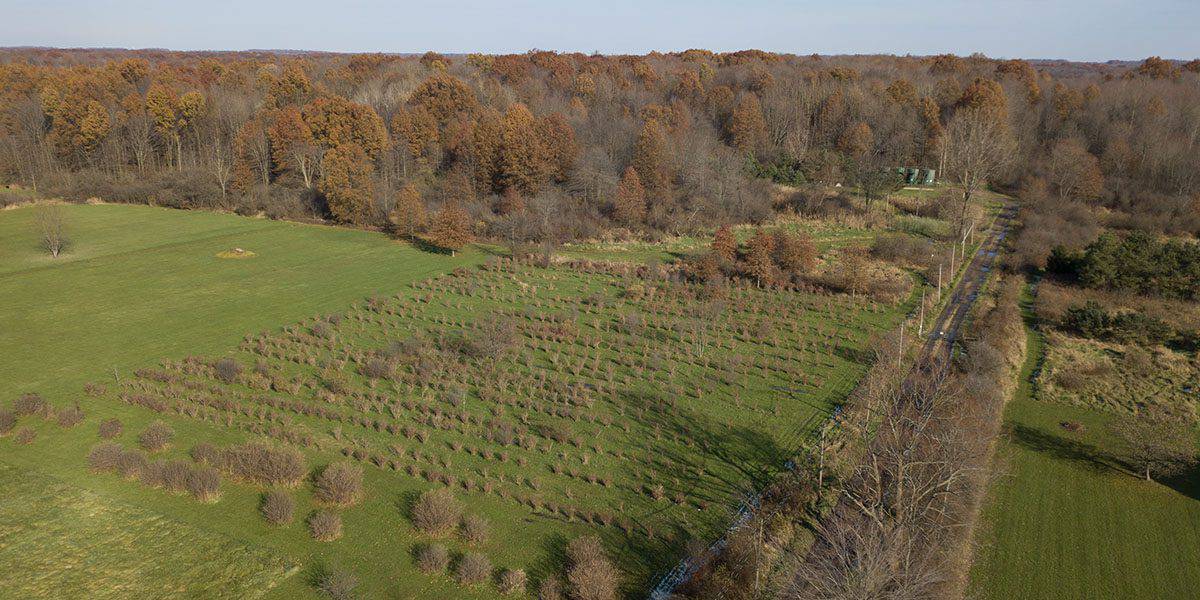
Farmers must monitor their crops and livestock daily. Walking or driving through acres and acres of land takes many hours, and the possibility of missing a potential problem is significant. Drones drastically reduce the time it takes to walk fields, as seen in the table above. Drones can also detect more than the human eye, collecting data that can help create 3D maps to improve irrigation and crop yield. Known as precision agriculture, crops receive precisely what they need to be healthy and bountiful, and drone inspections are a significant contributor. The data collected can reveal crop damage and help farmers monitor the health of crops and livestock so that harmful issues can be resolved before a loss occurs.
Some of the assets that need inspections are:
- Crops
- Irrigation
- Soil health
- Livestock
- Land conditions
Construction
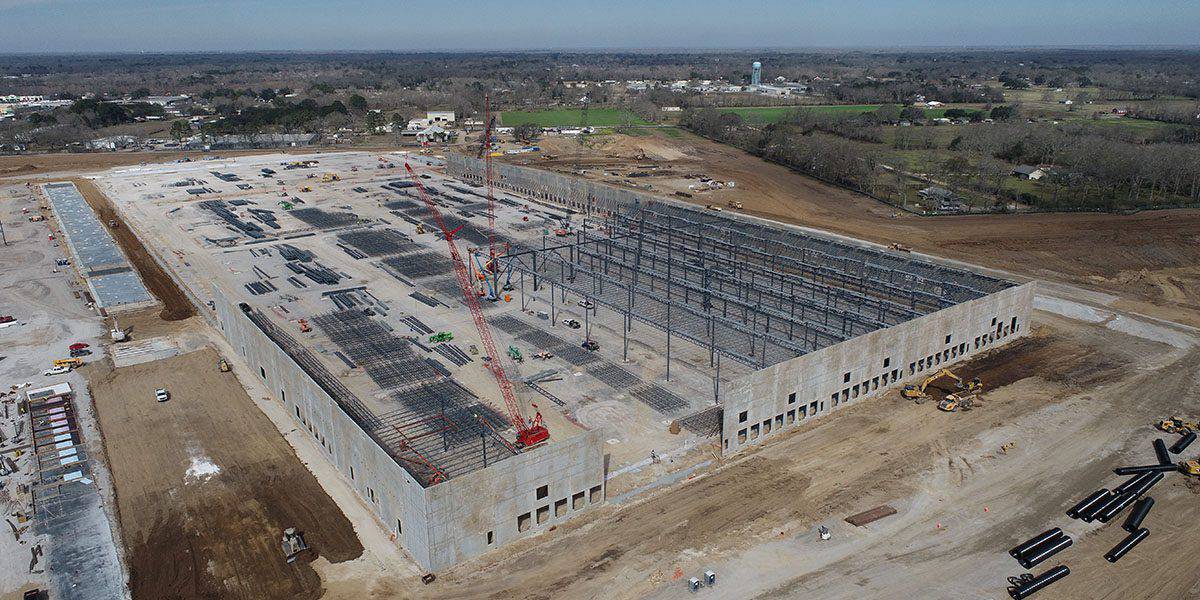
Construction sites need 24/7 monitoring. Drone inspections can help in all stages of construction. In pre-planning, data collection can create ortho maps to determine the ideal location for a building. Drones allow managers to monitor progress from their offices and report in real-time to stakeholders.
Some of the assets commonly inspected are:
- Security (keeping people out of the jobsite)
- Land
- Material stockpiles
- Safety conditions
Infrastructure and Utilities
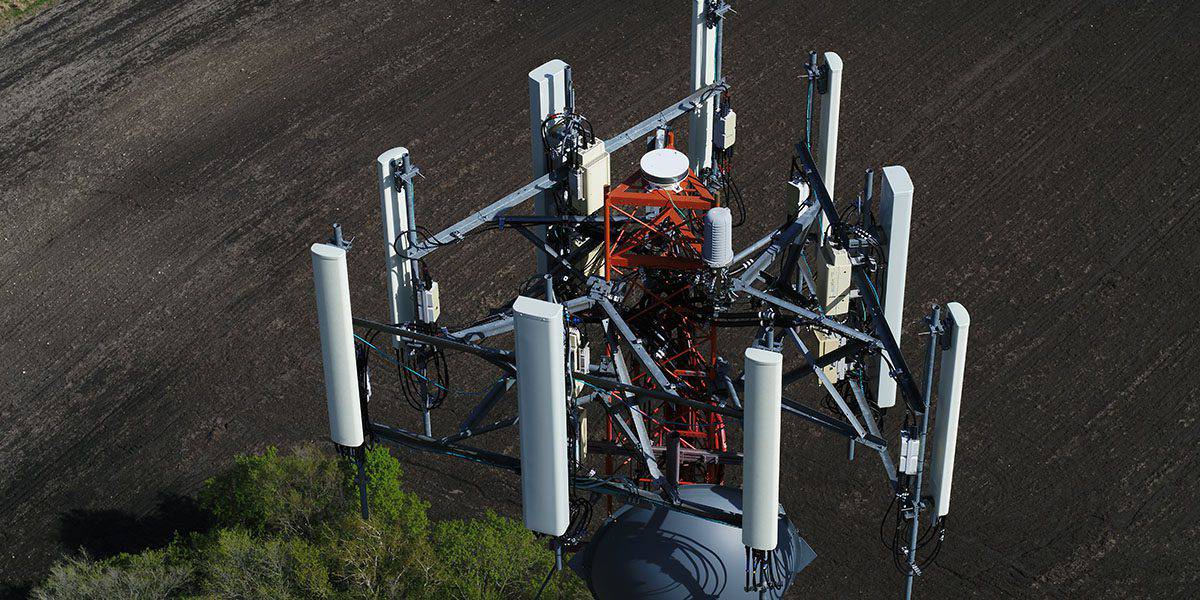
Some infrastructure requires routine inspections to prevent irreparable damage or accidents. Drones collect accurate data safely and quickly, freeing up time to allow for more frequent follow-up inspections. Some assets that may benefit from drone inspections:
- Utility towers
- Bridges
- Railways
- Roads
Power Plants
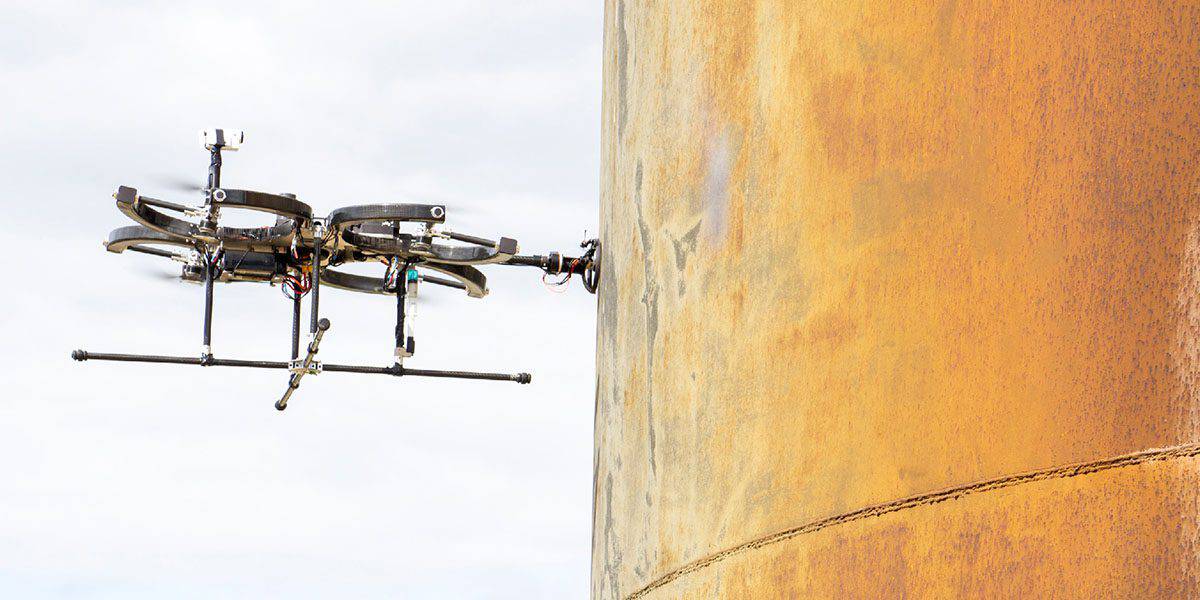
Power plants are inherently dangerous. Many inspections need to be performed inside the asset, like tanks or boiler rooms. Manual checks are carried out in these tight spaces with rope lifts and flashlights, limiting the inspectors’ mobility and visibility. Drone inspections scale down the need for humans to enter the asset, and their on-board sensors can detect abnormalities more efficiently than a human with a flashlight.
Mining
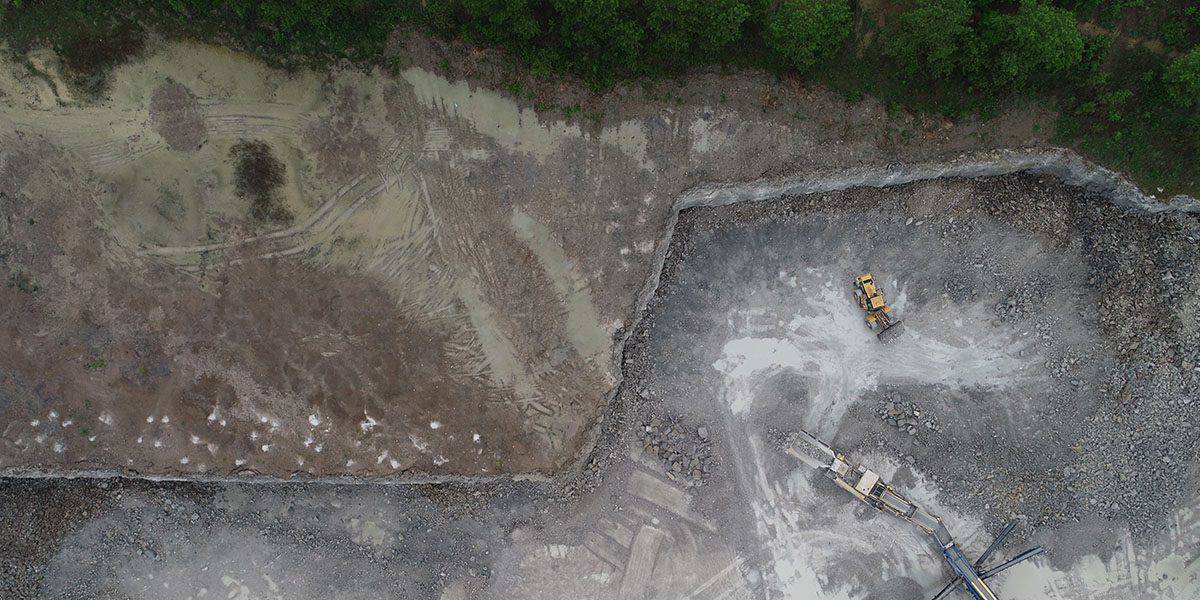
There are some areas, called stopes, that humans aren’t even allowed to enter, as they are unstable with falling rocks and other materials loosened from drilling. Drones can enter these areas, gather information on the stopes, and find ore left behind that can be extracted for increased profit.
Insurance Claims
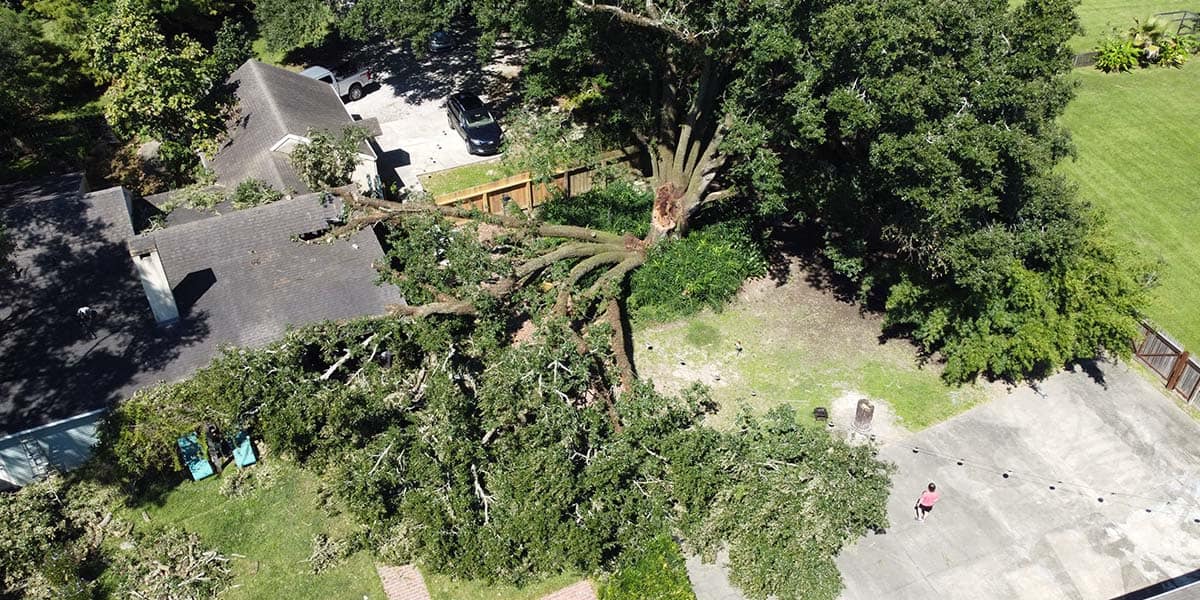
Drone inspections aren’t limited to maintenance. They can also be used for insurance claims to inspect areas after disasters that may be too dangerous or inaccessible. Fires, car accidents, natural disasters, and roof repairs are among the more common insurance scenarios that pose safety risks to inspectors. Insurance companies can send a drone to the disaster area that may be difficult for a worker to access and collect the data necessary to assess the claim.
When’s your next inspection?
Do you have an inspection coming up? Inspect with it a drone. Your employees and bank account will thank you.